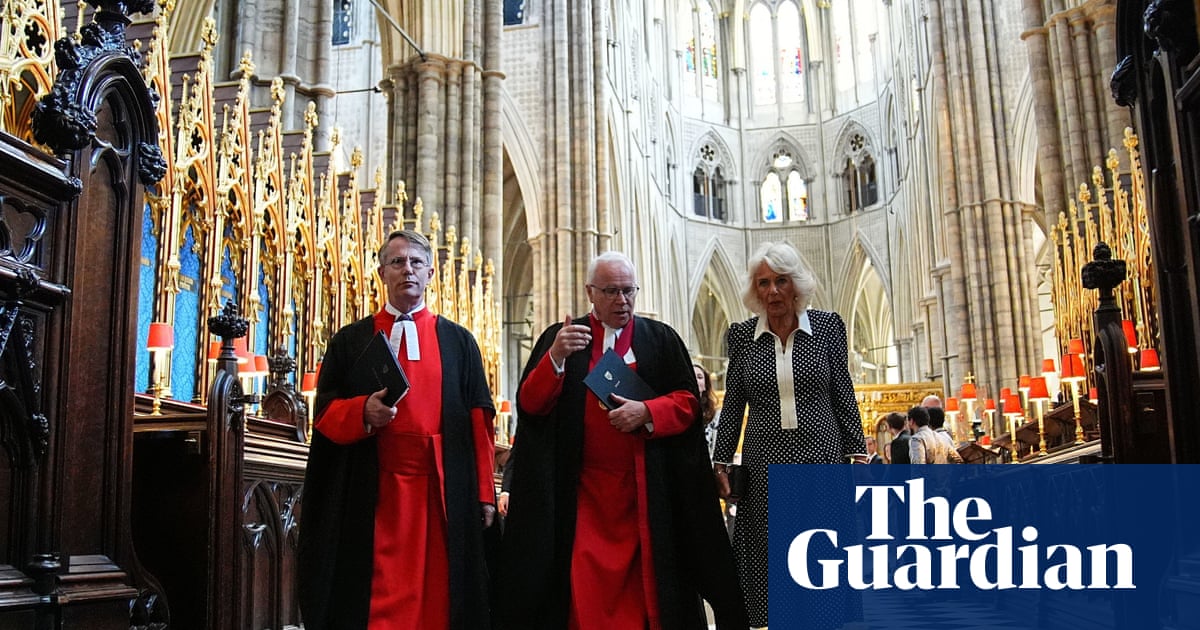Eight centuries after Henry III rebuiltWestminster Abbeyas the gothic landmark it remains today, Queen Camilla has unveiled the foundation stone for a building on the medieval footprint of a long-lost sacristy.
TheKing Charles IIIsacristy will offer state-of-the-art welcoming, ticketing and security facilities for the abbey.
Building is under way after archaeological excavations in 2020 of the site, a burial ground before the construction of the original sacristy, and also during the 18th century whenhuman remains of “hundreds if not thousands of people”were unearthed.
Camilla, who is patron of the new sacristy, said: “I just want to say how delighted I am to unveil this foundation stone, I can’t believe the last time I was here – there’s now a floor – the last time I came here there were quite a lot of skeletons.
“I just hope that in 2026 when it’s due to finish, God willing my husband and I will be back here again to open the King Charles III sacristy.”
The £13m building will allow visitors to enter the abbey through the great west door, rather than the north door, using the entrance reserved for monarchy for royal weddings, funerals and coronations for hundreds of years. It will enable the public to see the splendour of the abbey’s interior in a way the dean of Westminster, Dr David Hoyle, described as “transforming”.
The single-storey building, which is being made from English stone, oak and lead, is adjacent to the abbey and designed by Ptolemy Dean, the abbey’s surveyor of the fabric. He said it would be similar in style to the building that stood before the dissolution of the monastery in 1540, when the sacristy was repurposed as domestic accommodation and then, after falling into disrepair, demolished.
The abbey was started by Edward the Confessor in 1042 on the site of a monastery and rebuilt by Henry III between 1220 and 1272. The original great sacristy was built in the 1250s and is the only part of Henry III’s church to have been lost. Monks used it to store vestments, chalices and other sacred items.
Among significant finds during the 2020 dig were a stoup, or basin, probably used by monks to wash their hands as they entered, a lead pipe that would have supplied water to the monastery, and fragments of medieval painted wall plaster, suggesting the great sacristy was decorated with red, white and black flowers.
The £13m costs are beingmet by donationsand it is hoped the building will be completed by the end of next year. It will free up space in the north transept.
